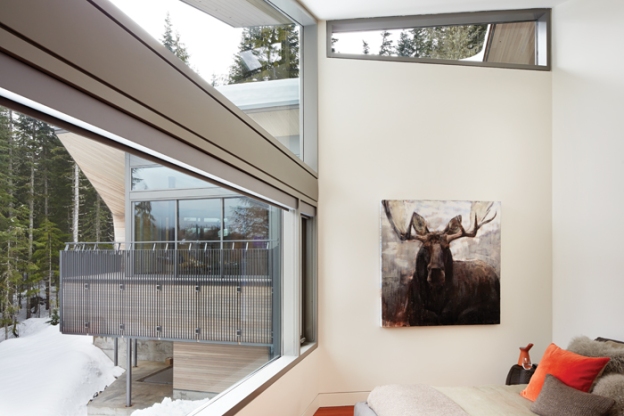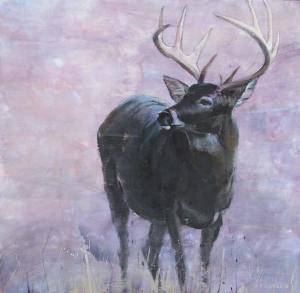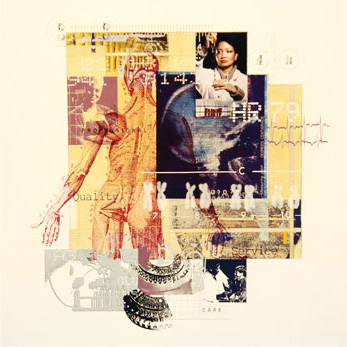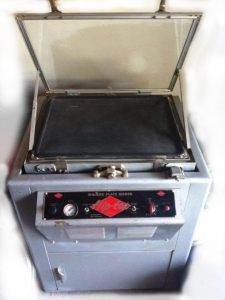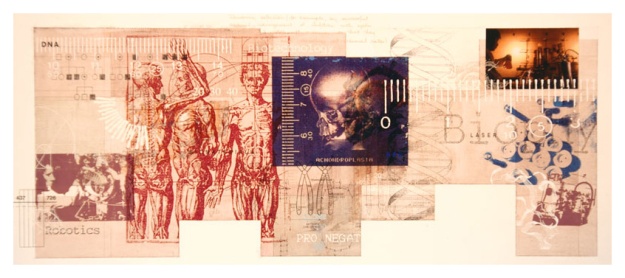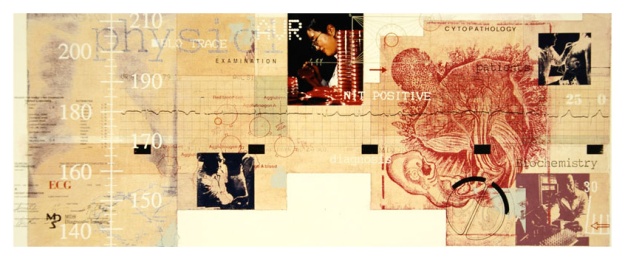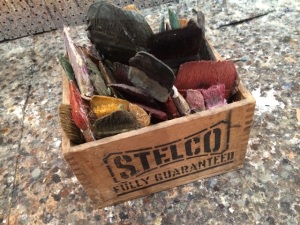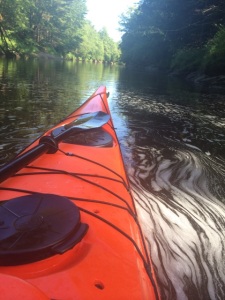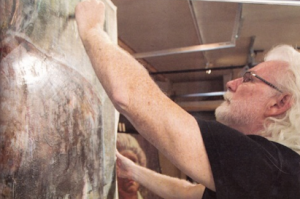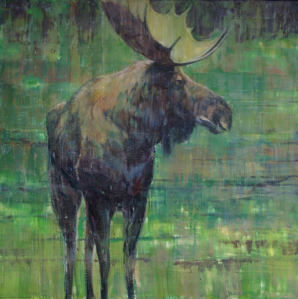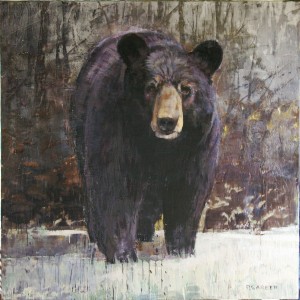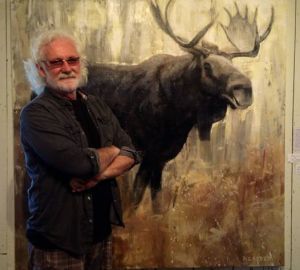 The more I do, the more driven I get. I left the faster paced day to day behind but still maintain a disciplined approach to my work and work ethic.
The more I do, the more driven I get. I left the faster paced day to day behind but still maintain a disciplined approach to my work and work ethic.
I’ve been painting landscapes for several years, transitioning naturally toward wildlife and exploring human subjects to a greater degree. My stylistic journey begins with the influence of impressionism and tonalism with several incredible artists coming into play in terms of my influencers over time.
Here I’ve decided to highlight a few that have been enormously inspirational.
James Wilson Morrice

Old Holton House – Montreal
Born in Montreal, he studied law in Toronto from 1882-1889 and decided to study painting in England shortly afterwards. Morrice then left for Paris but spent most of his winters in Canada. Morrice’s

Port De Venise
paintings at first were inspired by Whistler. He also went through a period called ‘Caribbean’ where most of his works from this time were considered his best.
Edgar Degas

Dancers In Pink
Edgar Degas was one of the founders of Impressionism but preferred to be called a realist. He identified with the subject of the dance. His portraits are considered to be among the finest in the history of art.
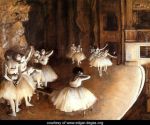
The Ballet Rehearsal On Stage
Alex Kanevsky

Dancing In Dukla
Alex was born in Russia and went to the United States in 1983 with his family settling in Philadelphia where he later studied and graduated from the Pennsylvania Academy of Fine Arts. When asked how he mixes colour, this is what he had to say:

Dark Horse With Partial Rider
‘I try to arrive at canvas (actually, more often board) with a colour already well mixed. Then I can see it clearly for what it is. If I am not satisfied with it I will continue to change it, but always by working into it something already mixed. The less you push around the colour already on canvass, the fresher it looks. If I can’t get what I want after one or two attempts, I return to it when it is dry. Keeps things fresh.’ (interview by George Walker)
Much like these artists who have enriched the lives of many, the enjoyment I get out of painting and sculpting for people is the idea that I’m enriching their lives also.
Stay connected with me on Facebook, Twitter, Pinterest & Instagram!


